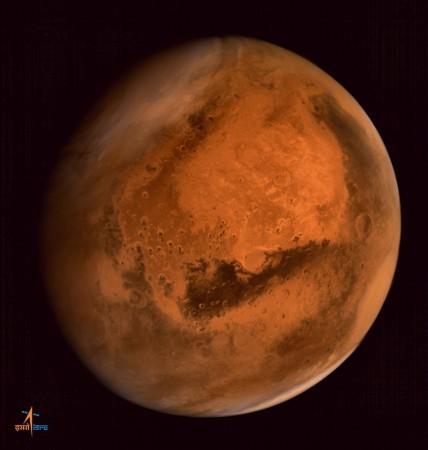
Using satellite images, researchers for the first time have identified the first mineralogical evidence of past glaciers as they flowed through the Grand Canyon of Mars.
The team from the Bryn Mawr College in Pennsylvania, US, and the Freie Universitat, Berlin, mapped the acid-sulphate mineral jarosite within Valles Marineris -- the 2,000-mile (3,200-km) long chasm that constitutes the Grand Canyon of Mars.
They speculate that it may have formed via a mechanism similar to the one observed in glaciers in Svalbard on Earth.
"Atmospheric sulphur becomes trapped in the ice, is warmed by the Sun and reacts with the water to produce highly acidic sulphate minerals like jarosite along the margins of the glacier," explained Selby Cull from the Bryn Mawr College.
Till date, planetary geologists have only speculated that glaciers might once have crept through Valles Marineris.
The mineral jarosite was mapped halfway up the three mile high cliffs of Ius Chasma at the western end of the Grand Canyon system.
The paper was published in a journal of Geological Society of America publications.

















